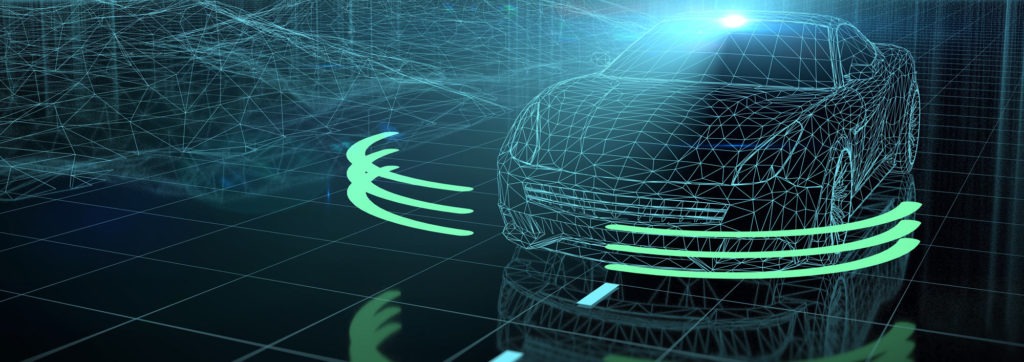Dealers should physically demonstrate autonomous systems says Bosch
01 August 2017

01 August 2017
While automotive manufacturers are pushing forward with their autonomous technologies, there is concern that the consumer may become puzzled about the new driving features fitted to their cars.
However, technology supplier Bosch suggested that rather than telling drivers about technology, vehicle companies should instead be showing what the systems allow. At a recent Management Briefing Seminar, held by Automotive News, Kay Stepper, vice president of automated driving at Bosch, suggested it is critical to demonstrate advanced safety features to avoid any future pushbacks.
In an interview, Stepper said: ′One of the concerns certainly that’s out there still is lack of control, and basically trusting the machine to take over the driving task. What happens if an unforeseen situation comes across that the machine was not trained for?
′It comes down to education in the dealership, that’s where a lot of the conversation happens.’
Stepper believes that car buyers are misinformed about the safety features in their vehicles. According to a US-based survey, more than 20% of consumers believe electronic stability control is an optional extra when in fact it’s been mandated in new models since 2012.
The company also demonstrated a vehicle, where a backup system took control when the car decided it could no longer drive itself and the human operator had not taken over. When the technology was engaged, the car slowed slightly, pulled over to the shoulder and came to a stop without affecting traffic behind it.
Seeing this backup technology in action – which kicks in only when the car decides it can no longer drive itself, and the human operator has failed to take over – could address concerns that failures in the driving system could result in a dangerous situation.
′To experience what it’s like when it actually happens, that is a completely different matter,’ Stepper said. ‘It’s an important aspect to showcase and bring to consumers and the general public.’
Meanwhile, suppliers Magna International and Continental sent a pair of cars, a Cadillac ATS and a Chrysler 300, to the conference from a point 300 miles away, with much of the trip undertaken without any human interaction, instead relying on their Level 3 automation.
Once the vehicles arrived at their destination, representatives from the Michigan Department of Transportation and the Ontario Ministry of Transportation signed a memorandum of understanding to ‘promote and foster growth of connected and autonomous technology testing and deployment’ between the US and Canada.
The cross-border autonomous vehicle drive is believed to be the first of its kind.
Jeff Klei, president of Continental North America, said his company has been testing robot cars on public roads for more than five years across the globe. In a statement he added: ′The engineering teams are spread across locations in the US, Europe, China and Japan to ensure driving and safety functions can be easily adapted to the individual regions as one comprehensive team effort.’